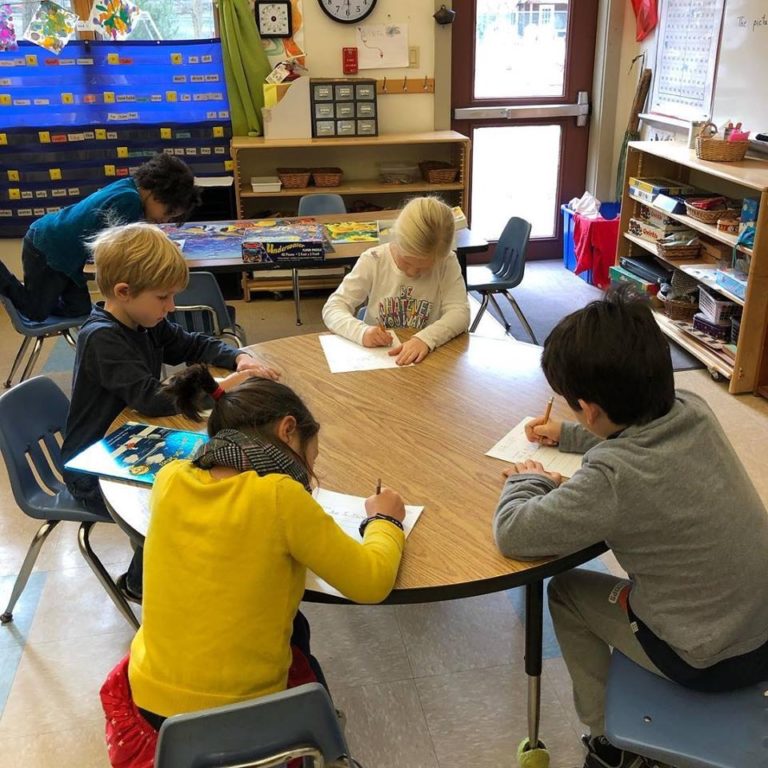
The Unique Benefits of the MultiAge Classroom Philadelphia Private Progressive School
A multi-age classroom groups students based on ability rather than age. Learn more about how this can enhance their education with Primer. Imagine a classroom where students of varying ages and grade levels all come together to bring out the best in one another.

Multiage classroom Montessori Academy Sharon Springs
Educators such as Maria Montessori and Loris Malaguzzi of the Reggio Emilia philosophy took notice, and introduced the multiage classroom. Ever since, a handful of independent and public schools have employed multiage learning as a way to meet students' evolving needs. The Heart of the Multiage Model

MultiAge Classrooms Reinforce Individual Student Success Macaroni KID Lowell
Lisa Seewraj teaches a multi-age class of 23 students across Years 7-10. She does this with a co-teacher who teaches maths and science, and the two teachers are in the class for most of the week. Lisa also teaches these students for the four years they are in this year range. In today's episode we discuss how she manages the classroom on a.

MultiAge Classrooms A Hallmark of Montessori
Cornish (2010) defines multiage as referring to any kind of mixed grade class usually created by philosophical choice. Classes of mixed age students are where "traditional grade designations do not apply" (Mulryan-Kyne, 2007, p. 501). Whereas multi-grade classes are usually created through necessity, for example low school enrolments.
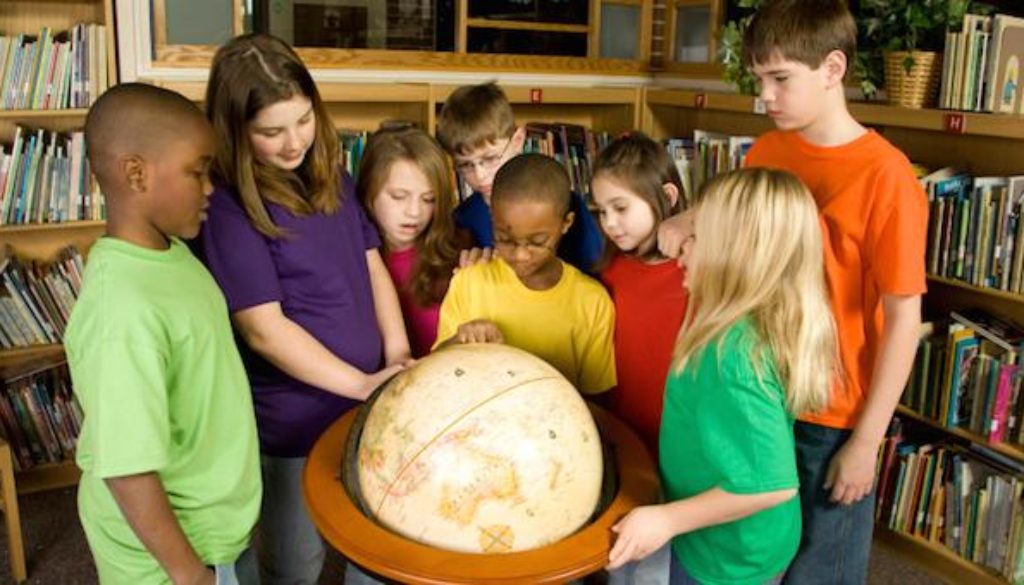
multiageclassroom179312962small Wah'shă Academy
Getty Images One-room schoolhouses are few and far between at this point, but some educators and parents still believe that multiage classrooms are the best educational approach. Often found in.

Oak Knoll School's unique multiage classroom program emphasizes individual learning News
Multi-age education is one strategy that schools can consider in providing quality education for students. In this educational approach, students of different age groups, spanning more than one year level, are placed together in a single class.
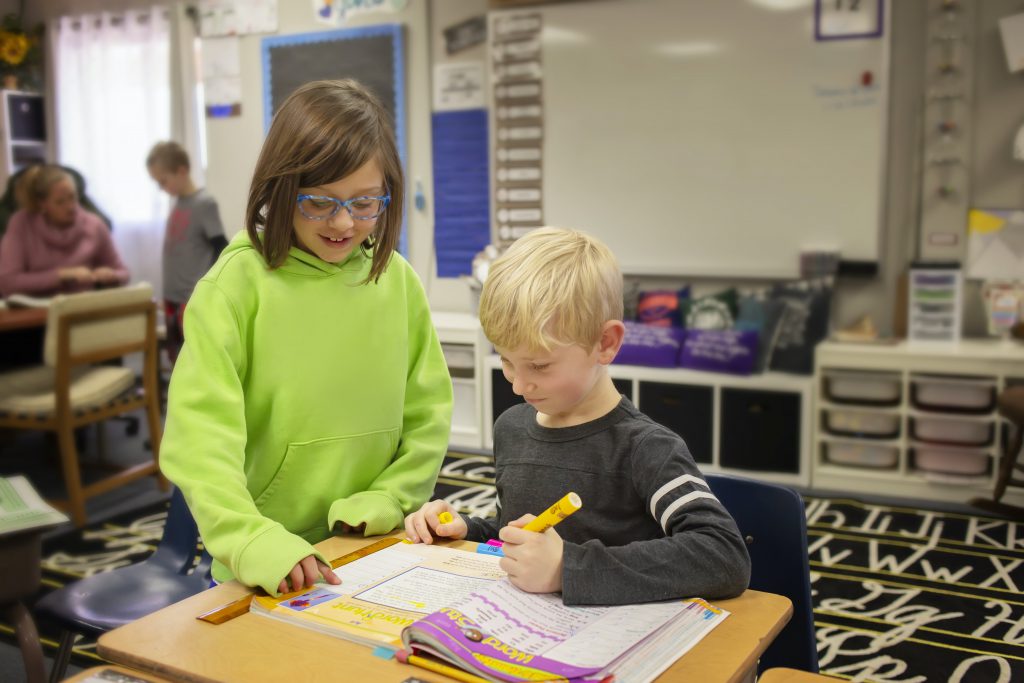
The Benefits of MultiAge Classrooms Rivendell School
The multi-age classroom caters for: independence in learning, interdependence in learning, cross-age relationships, collaborative learning, academic learning and social needs of children. The multi-age classroom is a supportive environment in which diversity is celebrated, effective social skills are developed, where parents are involved, and learners respect the thoughts, experiences and.
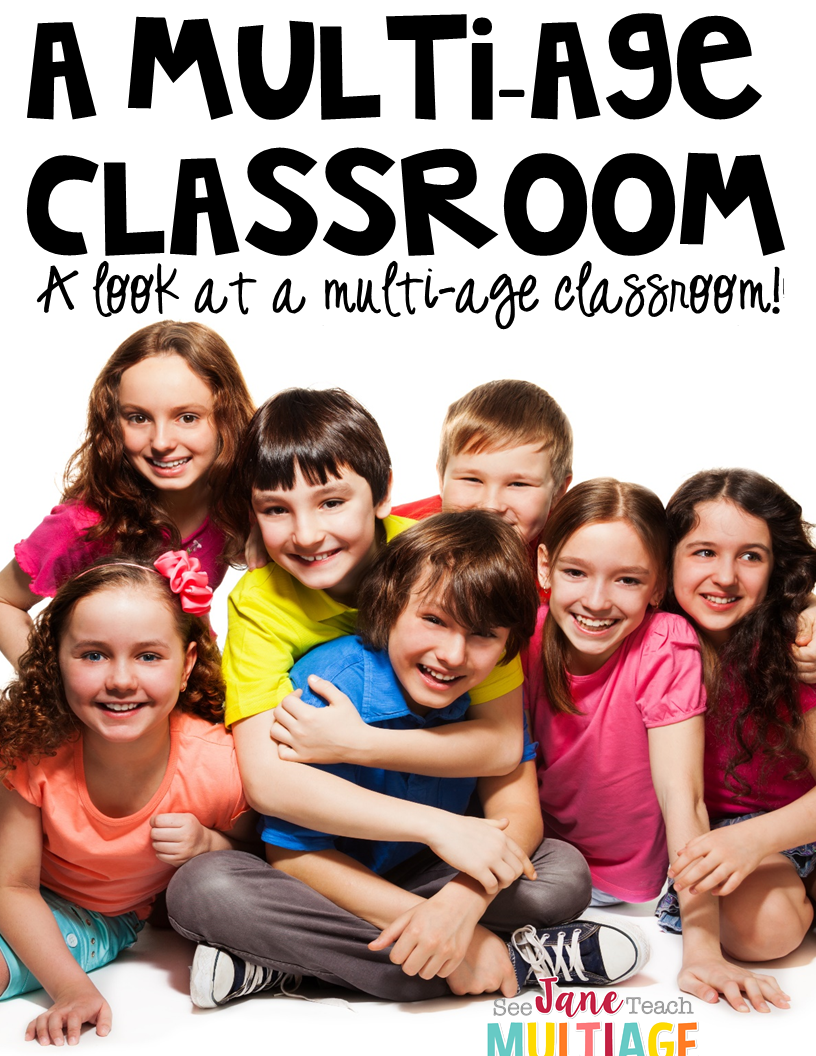
See Jane Teach Multiage Multiage Classroom
Multi-age classes also create more class groups for each grade level, enabling teachers to strategically separate children who have an adverse effect on each other's learning or wellbeing. This greatly benefits the culture and learning environment of classrooms across the school.
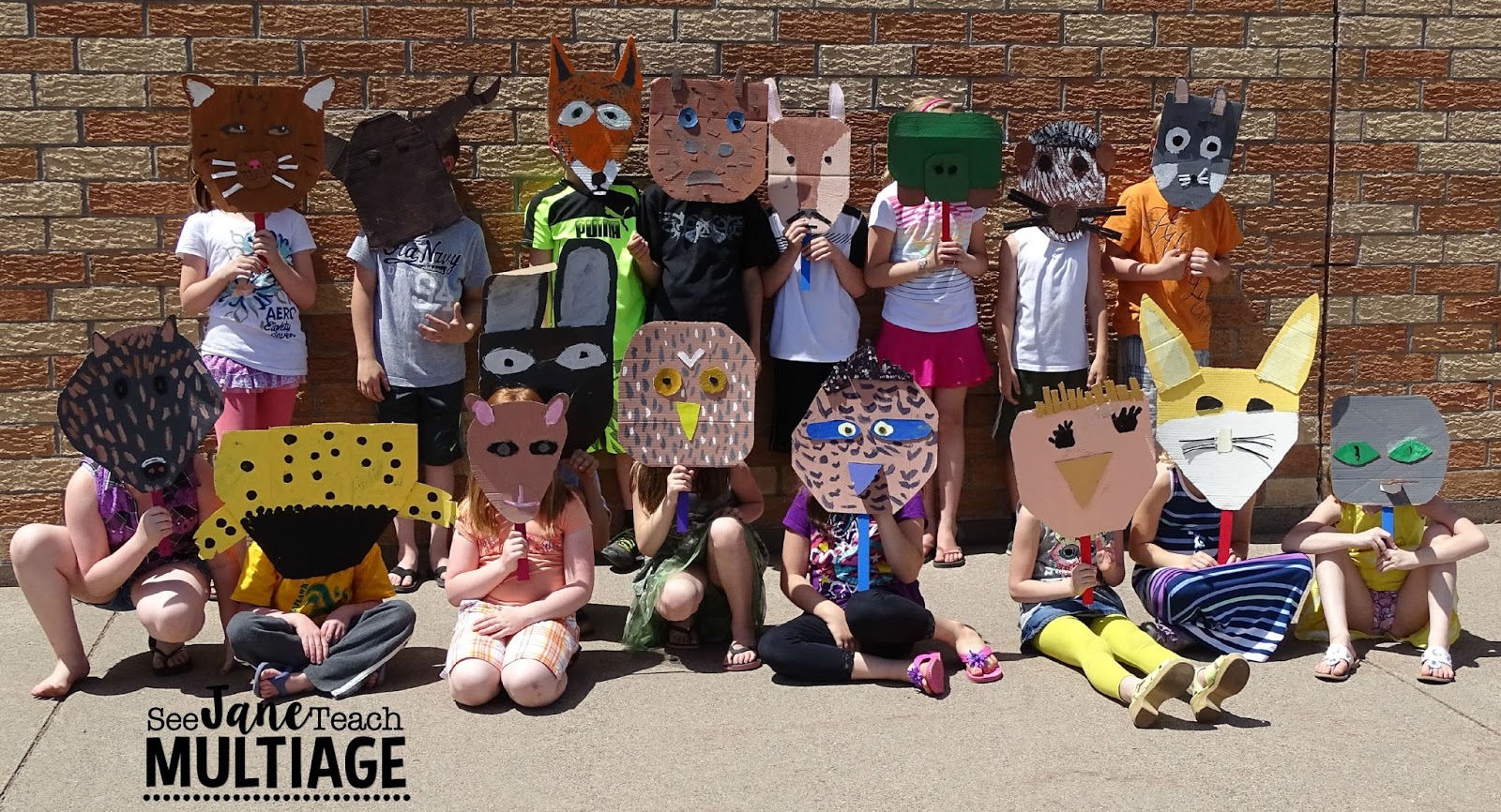
See Jane Teach Multiage Multiage Classroom
The term 'multi-age' in its simplest form refers to a class comprised of children of different ages intentionally grouped for learning. Multi-age classrooms provide many desirable social and learning experiences as well as flexibility. What we aim to achieve through Multi-age Classrooms:

JMS 12 multiage classroom
Planning Template - Early Childhood - Two year levels. English sample plan Years 1, 2 and 3. English sample plan Years 3, 4 and 5. HASS History sample plan Years 1, 2 and 3. HASS Civics and Citizenship sample plan Years 3, 4 and 5. Mathematics sample plan Years 3, 4 and 5. Science Biological Sciences sample plan Years K, P and 1.
JMS 12 multiage classroom Homework for the MultiAge Students
Most schools will organise a multi-age class to have students of similar abilities across the grade levels, meaning that these learning environments provide a great opportunity for supporting students in the upper grade/s and extending those in the lower year/s.

The Benefits of MultiAge Classrooms Silverline Montessori
Prior to the common school reforms of the 1830s and 1840s, the term "multiage class" was defined broadly; it represented a single class in which students of different ages studied as separate grade/subject groups or as a whole group, usually for administrative or economic reasons.
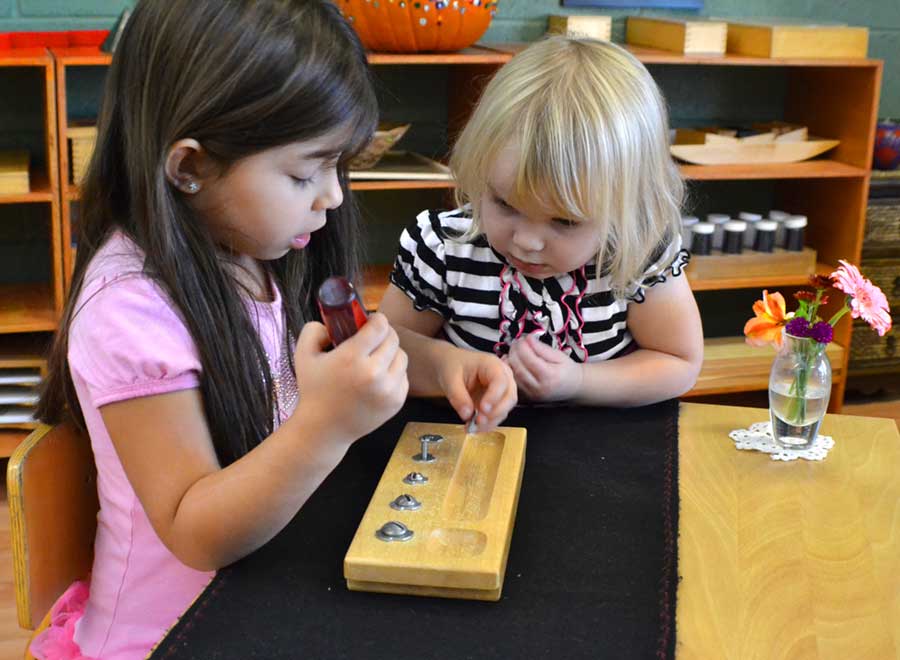
ThreeYear MultiAge Grouping in the Montessori Classroom Montessori blog
Multi-age classrooms or composite classes are classrooms with students from more than one grade level. They are created because of a pedagogical choice of a school or school district. They are different from split classes which are formed when there are too many students for one class - but not enough to form two classes of the same grade level.

School Tour New Horizons Country Day School
A multi-grade class refers to a class of students from two or more grades. It typically refers to a class in a small rural school, rather than a composite class in a larger school. The term multi-grade usually implies permanence, which is not a feature of composite classes.

How do I strategically instruct students with learning disabilities in a personalized learning
A successful multi-age classroom, however, is more than this simple definition implies. It is a classroom founded on research and learning theory about how children learn and that guides developmentally.appropriate practices. These foundations drive, empower, and uphold a model of education that seeks to support the well-being of children.

Mrs. Howard's Class How Does a MultiAge Classroom Work? Blended classroom, Teaching
The multiage structure allows older children to validate their learning by becoming the 'experts' in the room. Peer teaching can occur with the older children sharing their knowledge and skills and taking on the role of the caretakers of the classroom. It is these older children that provide the role model for younger children.